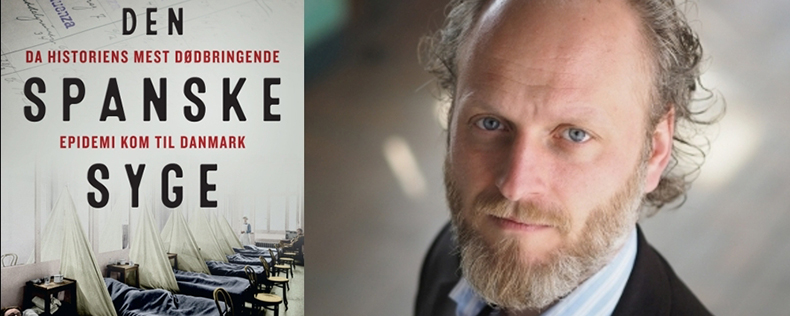One hundred years ago, a deadly disease swept the world and became one of the worst outbreaks in human history. The pandemic, known as the Spanish Flu, infected around half a billion people worldwide and more than 50 million people lost their lives in 1918-1919.
Den spanske syge is a new book by Tommy Heisz, which tells the story of how this terrible disease affected lives in Denmark at the time. Tommy has been with DIS since 2017 and teaches the Travel Writing semester elective course.
Over the past three years, Tommy has been digging in archives and combing through old newspapers to gather material for his book. Through eyewitness accounts, Tommy paints a vivid picture of the fear and sorrow caused by this pandemic. Hospitals were full of patients battling the disease and coffins of the deceased were stacked in chapels while fear and caution reigned in trams, theatres, and other public spaces. Tommy also tells the stories of brave nurses, doctors, and volunteers who played an important role in the lives of roughly 15,000 Danes who succumbed to the disease.
For today’s readers, the book provides a telling account of how the disaster unfolded and how recent discoveries may prepare us for any future incidents.
Tommy Heisz’ book was released by Politikens Forlag on April 17th, 2018 and is currently only available in Danish.
Watch Tommy Heisz present his book in this short video (in Danish).
Back to all news